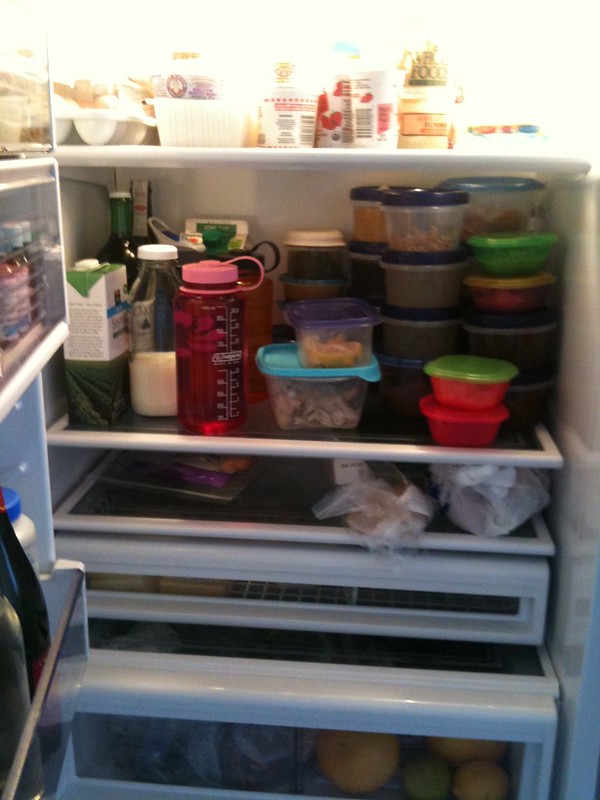
Using your leftovers in later meals can save time, money, and trips to the grocery store. Here are some ideas to help you use your leftovers:
- Have a “leftover” night, where you get out all your leftovers and everyone has a bit of everything, or people choose their favorites.
- If you don’t have enough leftovers for another whole dinner, use them for breakfast or lunch instead, adding a salad or fruit to round things out.
- When using leftovers to make a new meal, you can combine them with fresh ingredients, but also consider looking in your pantry or freezer.
- Here’s some more ideas on how to use leftovers
- Vegetables: Add leftover vegetables to scrambled eggs for a hearty breakfast, combine them with pasta for lunch, or reheat with some rice and add a pre-made sauce for a quick stir fry dinner.
- Protein: Shred leftover chicken for sandwiches or mix with taco seasoning and add to a tortilla with rice and your favorite veggies.
- Grains: Use extra noodles or rice as the start of a soup or casserole, adding in frozen vegetables and a protein source like canned beans.
If you’re not sure what to do with your leftovers or need recipe ideas, try exploring MyPlate Kitchen from the USDA, where you can search by meal or ingredient.
Leftovers and Food Safety
It’s important to begin by cooking foods safely the first time around, and letting meat and poultry reach the appropriate internal temperature. Leftovers should be used within 3 to 4 days if refrigerated, or 3 to 4 months if frozen. Follow these food safety guidelines:
- Keep food out of the temperature Danger Zone – bacteria grow best between 40°F and 140°F, so we call this the “danger zone.”
- Cool food promptly. To help do this quickly, divide large amounts of food into shallow containers and cut large items of food, like chicken breast or roasts, into smaller pieces. Refrigerate foods as soon as possible, and definitely within 2 hours of cooking.
- Store leftovers in airtight packaging or containers to help keep bacteria and odors from other foods out and retain moisture.
- Thaw frozen foods safely in the refrigerator, with cold running water, or in the microwave (making sure the internal temperature reaches 165°F). You can also reheat frozen foods without thawing them first, but it will take longer.
- Always use a food thermometer to check temperatures!
For more details on leftovers and food safety, visit the USDA.
